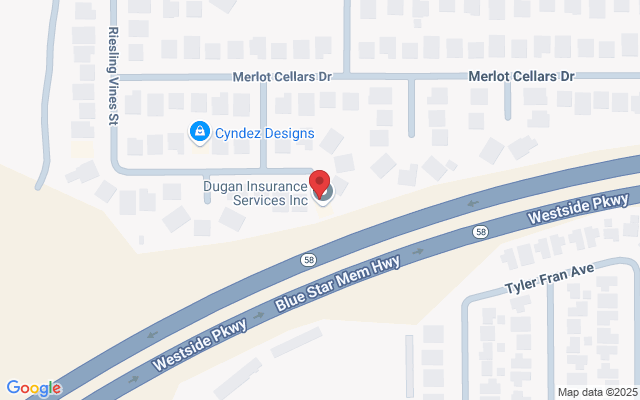
Comparing Medicare Part D Drug Plans in California: A Comprehensive Guide
Comparing Medicare Part D Drug Plans in California: A Comprehensive Guide
Choosing a Medicare Part D plan in California can feel overwhelming. With dozens of options, different formularies, premiums, and copays, how do you know which plan actually covers your medications—and doesn’t crush your budget? In this comprehensive guide, I’ll break it all down so you can confidently compare Medicare Part D drug plans in California and pick the one that fits your health needs and wallet.
What Is Medicare Part D?
Medicare Part D is prescription drug coverage offered by private insurance companies approved by Medicare. It’s available to anyone enrolled in Medicare Part A and/or Part B, and it can be added as a standalone plan or bundled into a Medicare Advantage plan (Part C).
In California, you’ll find over 20 standalone Part D plans offered by different insurers. While all plans must follow Medicare’s rules, they differ in important ways—especially in how they cover specific medications and what you’ll pay out of pocket.
Key Features to Compare
When reviewing California Medicare Part D plans, here are the most important elements to focus on:
1. Monthly Premium
This is what you pay just to have the plan. In 2024, Part D premiums in California range from under $10 to over $100 per month. Some Medicare Advantage plans include Part D coverage at no extra premium, but standalone plans vary widely.
Tip: Don’t pick the cheapest plan based on premium alone. A low-cost plan may not cover your prescriptions or may have higher costs at the pharmacy.
2. Formulary (Drug List)
Each Part D plan has a formulary—a list of covered drugs, grouped into cost tiers. A drug that’s Tier 1 on one plan may be Tier 3 on another.
Action Step: Make a list of your medications, including dosage and frequency. Then check if they’re covered and what tier they’re in on each plan you’re considering.
3. Copays and Coinsurance
Your out-of-pocket costs vary based on the tier of the drug and the pharmacy you use. Some plans offer $0 copays for generic drugs at preferred pharmacies.
Watch for:
Higher coinsurance on specialty drugs
Limited or no coverage for brand-name medications
Restrictions like prior authorization or step therapy
4. Annual Deductible
In 2024, the maximum deductible allowed is $545. Some plans waive the deductible for Tier 1 and Tier 2 drugs, which can save money if you take mostly generics.
Tip: If you only take low-cost generics, choose a plan with a lower deductible and better pricing on those specific tiers.
5. Pharmacy Network
Many plans have preferred pharmacies that offer lower copays than standard pharmacies. Be sure your current pharmacy is in the network—or be prepared to switch.
6. Star Ratings
Medicare assigns a 1–5 star rating to each plan based on quality and customer satisfaction. Higher-rated plans tend to have better service, fewer claim issues, and improved medication adherence programs.
Tools to Compare Medicare Part D Plans in California
✅ Medicare Plan Finder
This is the best starting point. Enter your ZIP code and medications to compare plans side by side—including cost estimates, pharmacy coverage, and drug tiers.
✅ California Health Advocates
This nonprofit provides helpful guides and counseling through HICAP, a free program for Medicare beneficiaries in California.
When to Enroll or Switch Plans
You can enroll in or change your Medicare Part D plan during these periods:
Initial Enrollment Period (IEP): Around your 65th birthday or when you first qualify for Medicare
Annual Enrollment Period (AEP): October 15 – December 7 (changes take effect January 1)
Special Enrollment Periods (SEPs): Triggered by events like moving, losing employer coverage, or entering/leaving a skilled nursing facility
Real-Life Example: Generic vs. Brand
Let’s say you take a common cholesterol drug—atorvastatin (generic Lipitor).
On Plan A, it’s Tier 1: $0 copay at a preferred pharmacy
On Plan B, it’s Tier 2: $10 copay
On Plan C, it’s not covered until you meet the deductible
Even though Plan B may have a lower premium, Plan A could save you more annually because of its favorable tiering and lower copay.
Final Tips
Always check the full cost, not just the premium
Review your medications each year—formulary and prices change
If you take few or no prescriptions, consider a low-premium plan as protection from future costs
Conclusion
Comparing Medicare Part D drug plans in California doesn’t have to be confusing. Focus on your personal medication list, review plan formularies and costs, and use the Medicare Plan Finder to make a well-informed choice. The right plan can save you hundreds—if not thousands—each year.

